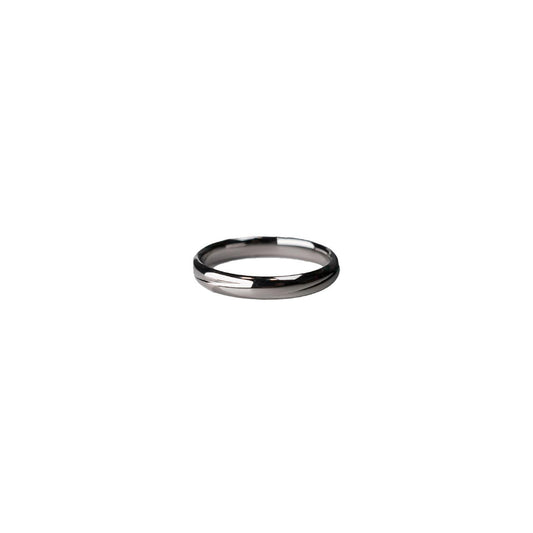Diamond Clarity More Than Meets the Eye
Diamond Clarity More Than Meets the Eye
Understanding diamond clarity might initially seem like deciphering an ancient text—intimidating at first glance but rather fascinating when you appreciate its nuances. If you've ever wandered into a jewelry store, you might have been dazzled by a myriad of sparkling stones, each claiming to be purer, more mesmerizing than the last. But what lies beneath the surface of these sparkling gems? Let’s delve into what exactly diamond clarity is and why it matters.
Clarity is one of the "Four Cs" that guide the value and beauty of a diamond, alongside cut, color, and carat weight. In essence, clarity refers to the presence (or absence) of internal characteristics known as inclusions and surface defects termed blemishes. These tiny imperfections, much like the freckles or scars on human skin, are formed naturally as the diamond is created many miles below the Earth’s surface. Oddly enough, for something so small, they can make a significant difference in how a diamond is perceived and priced.
I remember the first time I considered buying a diamond—I was a bundle of nerves. Armed with some basic knowledge and an eager-to-impress attitude, I ventured to a reputable jeweler. There, the assistant introduced me to the wondrous world of a jeweler’s loupe, a small magnification tool that, unlike my naked eye, could reveal the hidden story of each gemstone. It was quite an experience seeing those tiny blemishes and knowing they were nature's signature, a timestamp of sorts from the diamond's creation. It reminded me of the time I stumbled across an old photograph of my grandmother in the attic—aged, with slight tears, but beautiful and telling in its own right.
Cultural significance aside, clarity grading—which ranges from Flawless to Included (with many nuances in between)—impacts how a diamond interacts with light. Flawless diamonds, nearly devoid of any inclusions, allow light to pass through unimpeded, creating that coveted sparkle. On the contrary, diamonds with more inclusions might interrupt light flow, offering a subtler, muted brilliance. Yet, very often, these natural markings are invisible to the naked eye, so while they might influence value, they don't necessarily detract from beauty.
Some people chase after absolute perfection (read: Flawless diamonds), while others find charm in the slight imperfections that make a diamond unique. It’s similar to how some prefer the excitement of a bustling city, while others find peace in the irregularity of nature. Personally, I lean towards the latter. An included diamond tells a story, not unlike the stories etched on our faces or hearts over the years.
In the world of diamonds, clarity is both a technical and personal matter. It’s about understanding the science behind the sparkle but also about how a diamond resonates with you, personally and emotionally. Whether you're drawn to the pristine or the perfectly imperfect, the gem you choose should reflect your own story, values, and, ultimately, your definition of beauty. After all, clarity is about more than just transparency—it’s about seeing clearly what genuinely matters to you.


























